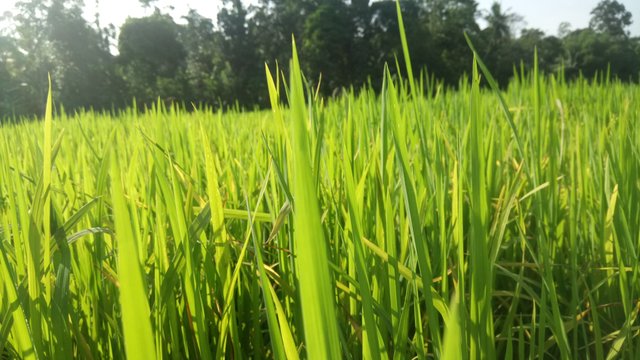Sri Lankan Wheat Plant Production
What is wheat production?
Triticum spp.: common (T. aestivum) durum (T. durum) spelt (T. spelta). Common and durum wheat are the main types. Among common wheat, the main varieties are spring and winter, hard and soft, and red and white. At the national level, different varieties should be reported separately, reflecting their different uses. Used mainly for human food.
Sri Lanka has a rich agricultural history. Some of the organic and sustainable agricultural practices of the near past and the ancient people of Sri Lanka exemplify the interconnectedness of nature and human life. Also, it demonstrates our ability to survive and thrive harmoniously alongside nature. The major reasons for an increase in production are the increases in the cultivation area and improved productivity due to the modernization of agriculture. Then, the rehabilitation of Sri Lanka’s extensive ancient irrigation network and maintenance of irrigation infrastructure led to a large increase in the area under rice farming.
Sri Lanka’s primary food crop is rice. Rice is cultivated during two seasons. In the central highlands in Sri Lanka Tea is majorly cultivated and is the main source of foreign exchange. Fruit, vegetables, and oilseed crops are also majorly cultivated in Sri Lanka. The main aim is to increase productivity in the agriculture sector and there has been low adoption of mechanization in farming. Then, to increase mechanization and grow higher-value cash crops like fruit, flowers, and other export-oriented crops. Though, the lack of private investment in agriculture due to uncertain policies limits the expansion of the sector. Sri Lanka imports a different variety of agricultural products and food products like wheat, lentils, sugar, fruit, milk, and milk products
